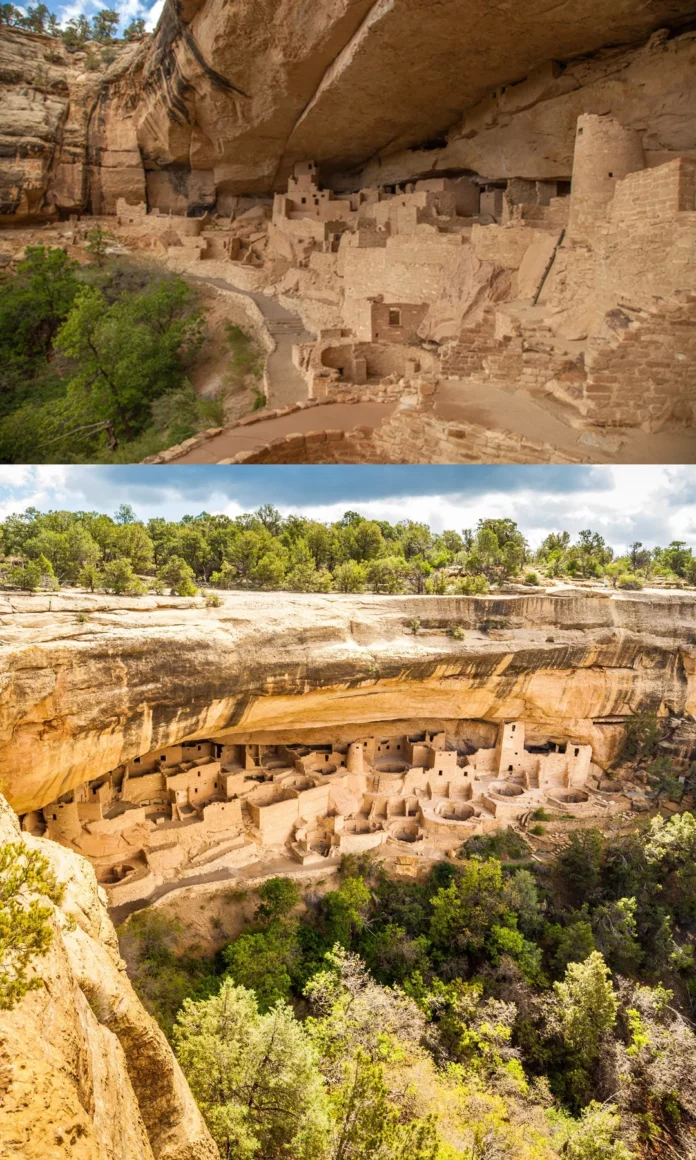Since time immemorial, humans have sought refuge in the vast expanse of nature. One such shelter, or more accurately a marvel of human ingenuity, is the Cliff Palace, nestled in the picturesque landscape of Colorado. A silent testament to the spirit of the Ancestral Pueblo People, it remains the largest cliff dwelling in North America. This site stands as a significant reminder of a sophisticated civilization that lived and thrived centuries ago, with a detailed architectural imprint that reflects an intricate web of history, culture, and resilience.
The Cliff Palace: A Historical Overview
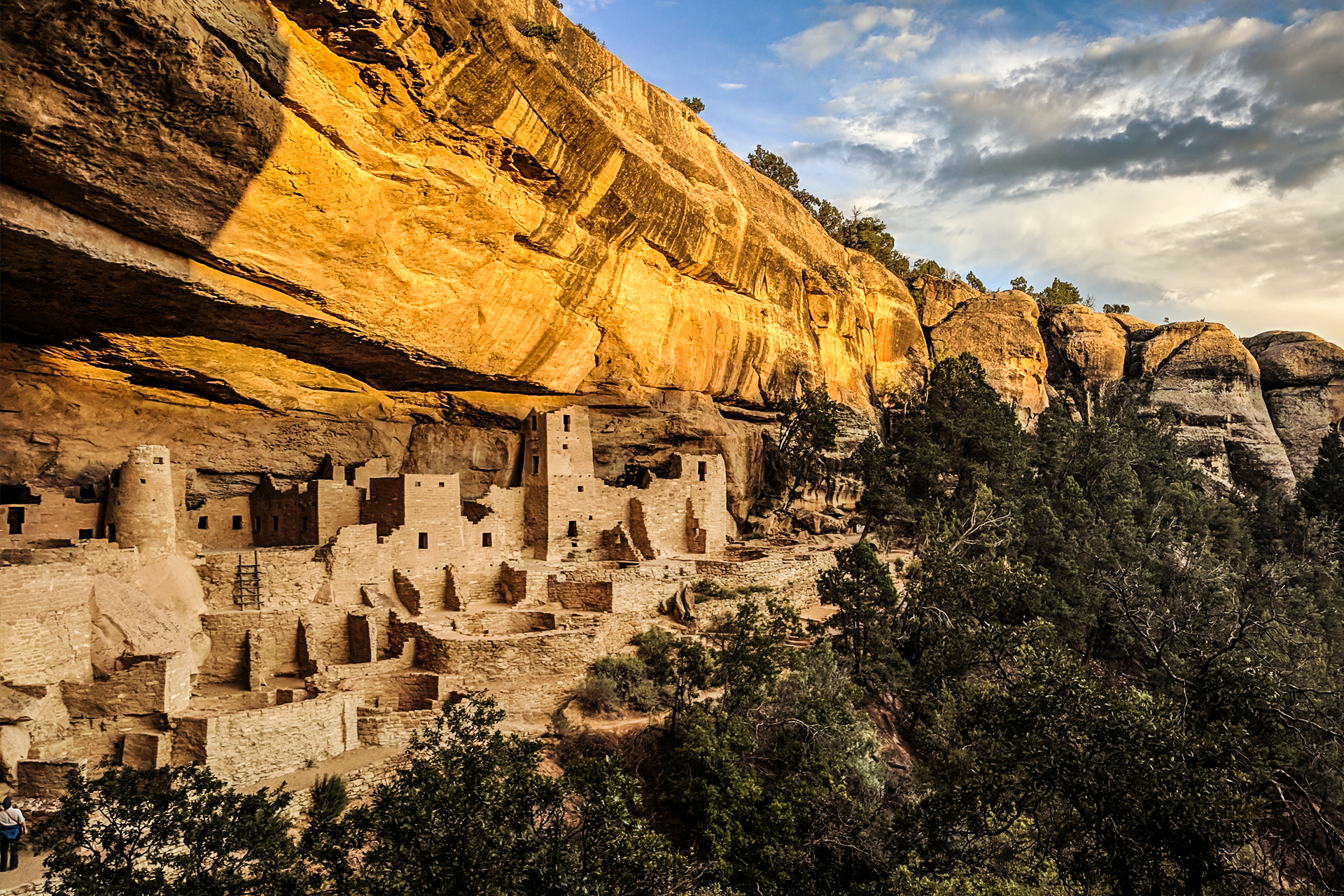
The Cliff Palace, located in Mesa Verde National Park, Colorado, is an awe-inspiring sight that gives visitors a glimpse into the life of the Ancestral Pueblo People who called these cliff dwellings home for over 700 years, from AD 600 to 1300. The Cliff Palace is considered the largest of these structures, with an estimated 150 rooms and 23 kivas, a type of room used for religious rituals and political meetings.
Architectural Marvels of the Cliff Palace
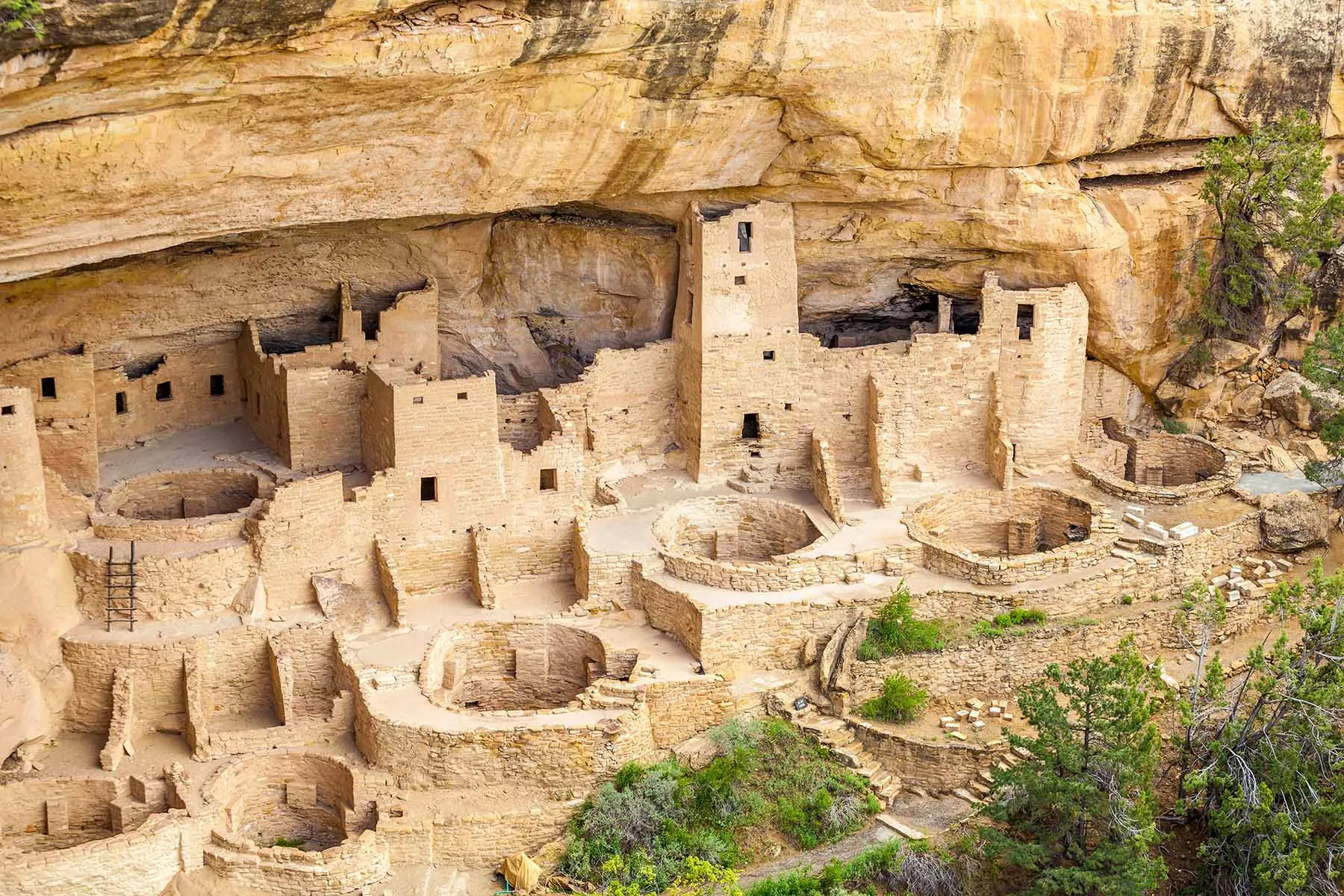
Constructed primarily from sandstone, mortar, and wooden beams, the Cliff Palace is a grand example of the architectural prowess of its builders. The dwellings were ingeniously designed and built into the natural alcoves of the cliff faces. The Ancestral Puebloans cut blocks from the soft sandstone at the base of the cliffs and shaped them into bricks. They combined these bricks with a kind of mortar made from soil, water, and ash to construct the buildings we see today. Chinking stones were then set in the mortar to strengthen the structure, and everything was coated in a layer of plaster to provide a smooth finish.
The Complex Structure of the Cliff Palace
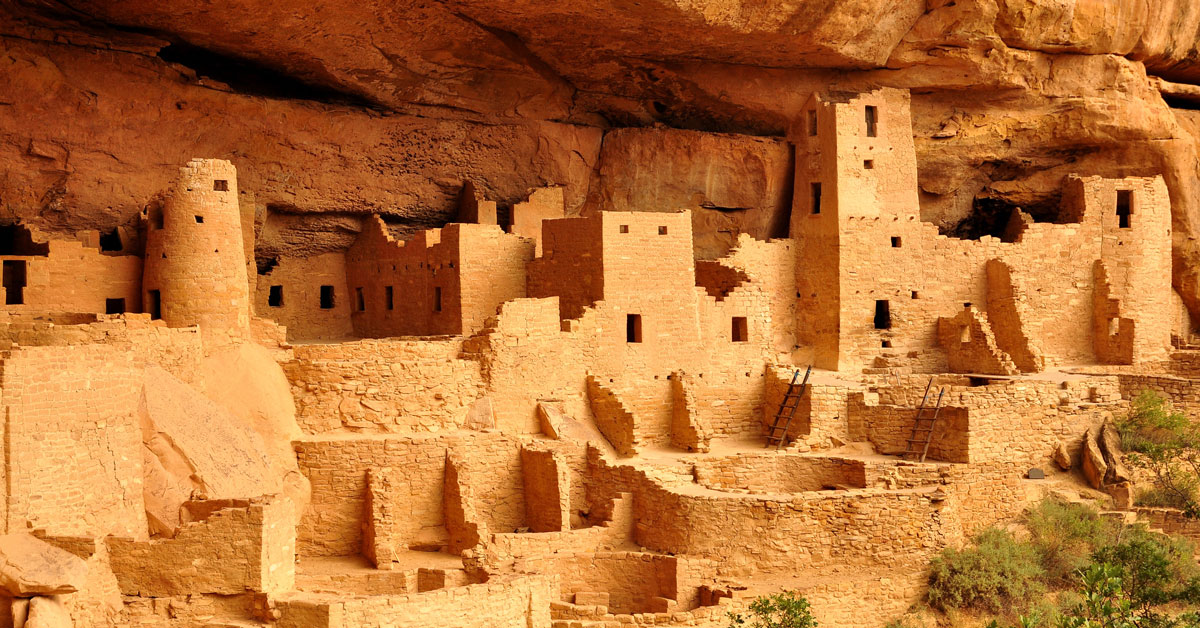
The Cliff Palace isn’t just a single large building; instead, it’s a complex of many individual homes and communal spaces. The 150 rooms weren’t all used as living quarters. Some of them were likely used for food storage, while others might have served as workshops. The large, round kivas were used for a variety of communal purposes, including religious ceremonies and meetings. They also had towers, the purpose of which still remains a mystery, adding to the intriguing aura of the site.
An often overlooked but important part of the Cliff Palace’s structure are the small ports in the walls that align with celestial bodies during specific periods of the year, reflecting the astronomical knowledge of the Ancestral Pueblo People.
The Daily Life of Cliff Palace Inhabitants
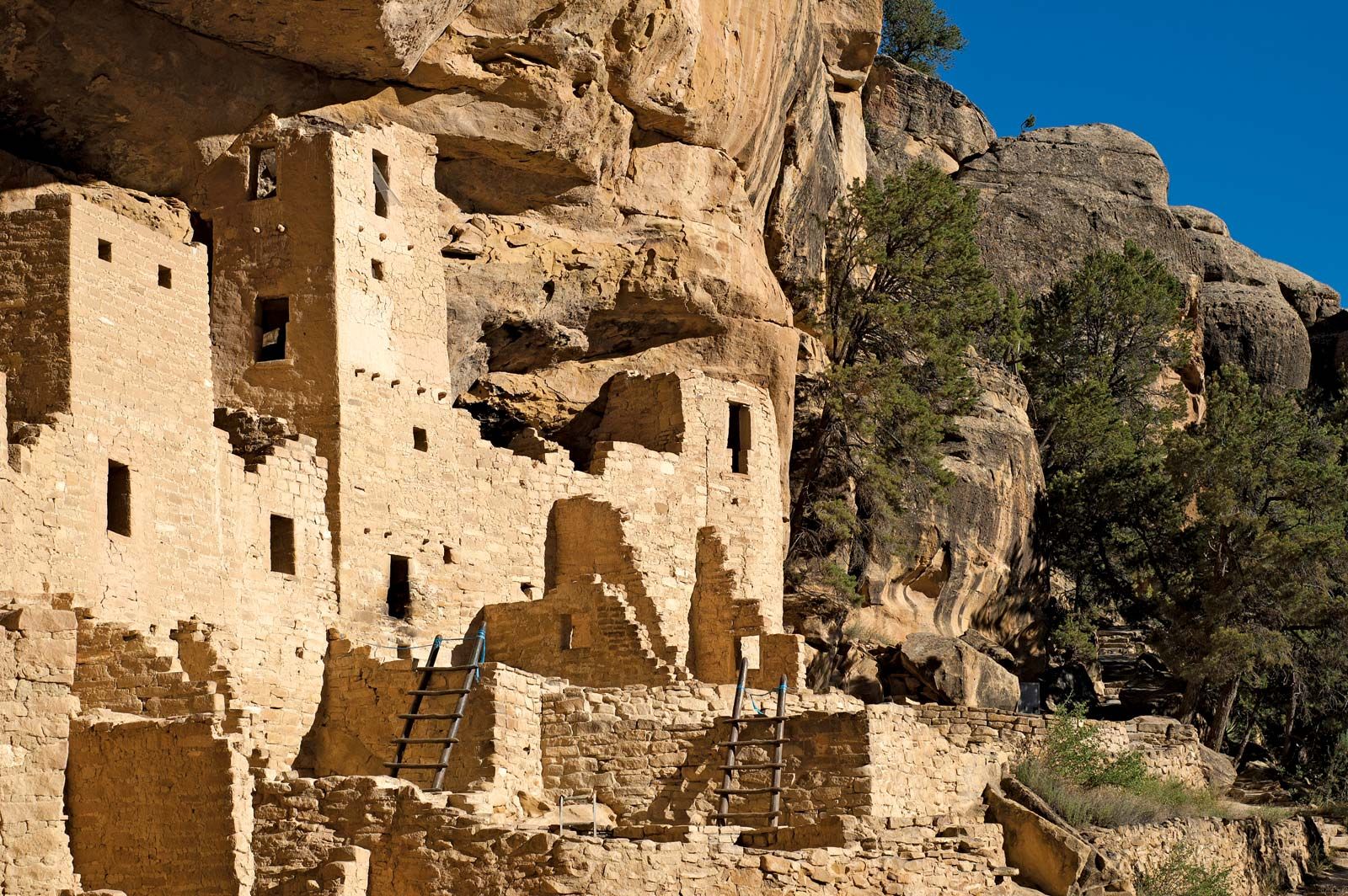
The lifestyle of the inhabitants was primarily agrarian; they farmed crops such as corn, beans, and squash on the mesa tops above the dwellings. The nearby forests provided timber for construction and firewood, while local wildlife offered a source of protein.
The abandonment of these dwellings by the late 13th century remains a mystery, though prolonged droughts and societal upheaval are commonly speculated causes. Despite this, the legacy of the Ancestral Pueblo People lives on, not just in the physical structures they left behind, but also in the present-day Pueblo cultures that continue to honor their ancestors’ way of life.
Cliff Palace: A Living Study
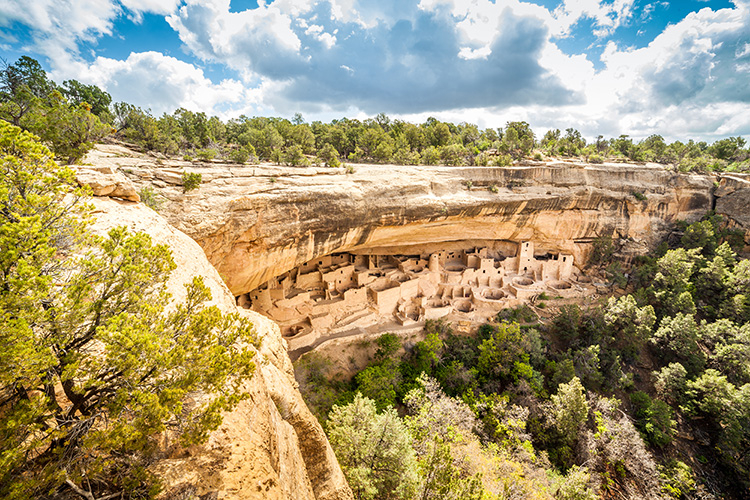
Today, the Cliff Palace is not just a historical site but an ongoing field of study. It provides historians, archaeologists, and anthropologists with a rich source of information about life in the region during the period of its habitation. Preservation efforts are continual, to maintain the integrity of the structure and allow future generations to appreciate this captivating piece of history.
Conclusion
The Cliff Palace stands as a monument to human ingenuity, resilience, and determination. It symbolizes the remarkable ability of humans to adapt and thrive in diverse environments, creating complex societies and structures that stand the test of time. A visit to this place serves as a humbling reminder of our ancestors’ remarkable achievements and the enduring legacy they have left behind.
